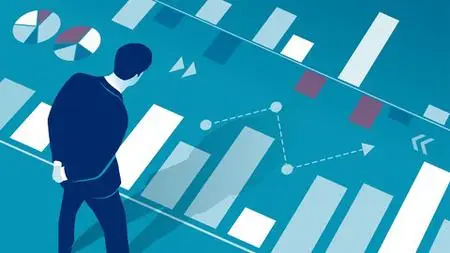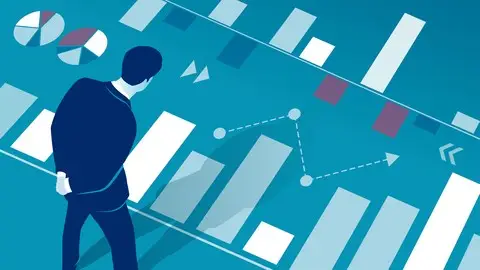Behavioral Economics: An Introduction
Last updated 7/2019
MP4 | Video: h264, 1280x720 | Audio: AAC, 44.1 KHz
Language: English | Size: 1.51 GB | Duration: 2h 39m
Last updated 7/2019
MP4 | Video: h264, 1280x720 | Audio: AAC, 44.1 KHz
Language: English | Size: 1.51 GB | Duration: 2h 39m
Learn an interdisciplinary approach to understanding economic behavior!
What you'll learn
Gain insight into an alternative approach of understanding decision-making by human agents.
Incorporate a novel interdisciplinary approach, which combines economics and psychology into future academic endeavours
Inculcate critical thinking within the realm of behavioural economics, and understand basic theoretical concepts of BE.
Applying behavioural insights in their own work: academic research, implementing a policy, running a company, or selling a product
Requirements
Have a basic understanding of or interest in economics and/or psychology.
Description
Incorporating insights from psychology in economics has come a long way since the 1950s. More recent Nobel laureates being recognized for their work in behavioral economics implies that the field is slowly, but surely coming into the mainstream and gaining acceptance. Our course provides an overview of the discipline, covering its history, essential theories, core principles, applications, and critiques. This course is among the first one hosted online to tackle these subjects with the rigor of academia while balancing out its implications for public policy, business strategy, and everyday life. This course was designed by Nikhil George, Hansika Kapoor, Aditya Nair, and Anirudh Tagat at Monk Prayogshala. We are grateful to Juhi Vajpayee for assistance in preparing course material.
Overview
Section 1: Section 1: What is Behavioural Economics?
Lecture 1 Lecture 1: An Overview
Lecture 2 Lecture 2: Course Map
Lecture 3 Lecture 3: What is Behavioural Economics
Lecture 4 Lecture 4: A Brief History of Behavioural Economics
Section 2: Section 2: Key Concepts of Behavioural Economics
Lecture 5 Lecture 5: Prospect Theory and Regret Theory
Lecture 6 Lecture 6: Loss Aversion and Endowment Effects
Lecture 7 Lecture 7: Hyperbolic Discounting
Lecture 8 Lecture 8: Framing Effects
Lecture 9 Lecture 9: Heuristics
Lecture 10 Lecture 10: Biases
Lecture 11 Lecture 11: Empathy Gaps
Lecture 12 Lecture 12: Bounded Rationality
Lecture 13 Lecture 13: Choice Architecture
Lecture 14 Lecture 14: Decision Points
Section 3: Section 3: Principles of Behavioural Economics
Lecture 15 Lecture 15 : Decision Making Under Uncertainty
Lecture 16 Lecture 16: Social Norms and Social Preferences
Lecture 17 Lecture 17: Consumer Behaviour
Lecture 18 Lecture 18: Choice Overload
Lecture 19 Lecture 19 : Self Control
Lecture 20 Lecture 20 : Effect of Payment Mechanism on Spending
Lecture 21 Lecture 21 : Power of Free
Lecture 22 Lecture 22 : Priming
Section 4: Section 4: Applying Behavioural Economics to Solve Problems
Lecture 23 Lecture 23 : Applications of BE & Nudging
Lecture 24 Lecture 24 : Reference-Dependent Preferences
Lecture 25 Lecture 25 : Mental Accounting
Lecture 26 Lecture 26 : Intertemporal Choice
Lecture 27 Lecture 27: Neuroeconomics
Lecture 28 Lecture 28 : Personality and Economics
Lecture 29 Lecture 29 : Disclosure and Smart Disclosure
Section 5: Section 5: The Future of Behavioural Economics
Lecture 30 Lecture 30 : Critical Evaluation
Lecture 31 Lecture 31 : Impact of Behavioral Economics
This is an introductory course to behavioural economics and is meant for students at the level of undergraduate, postgraduate, MPhil and PhD, and professionals or faculty members, or any person with basic understanding and interest in economics and/or psychology.,Policymakers, business owners, consultants and other professionals with an interest in applying behavioural science to their work



